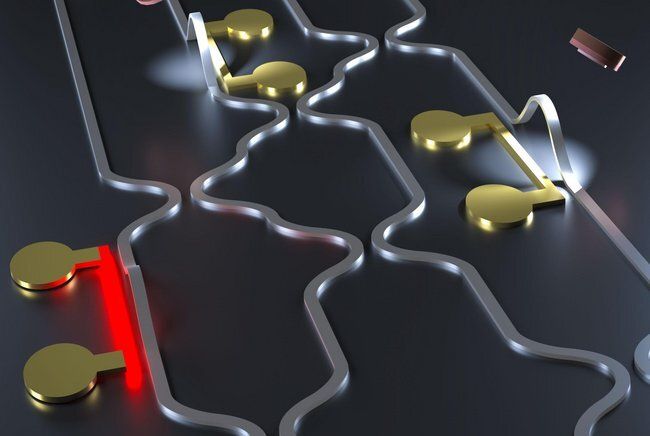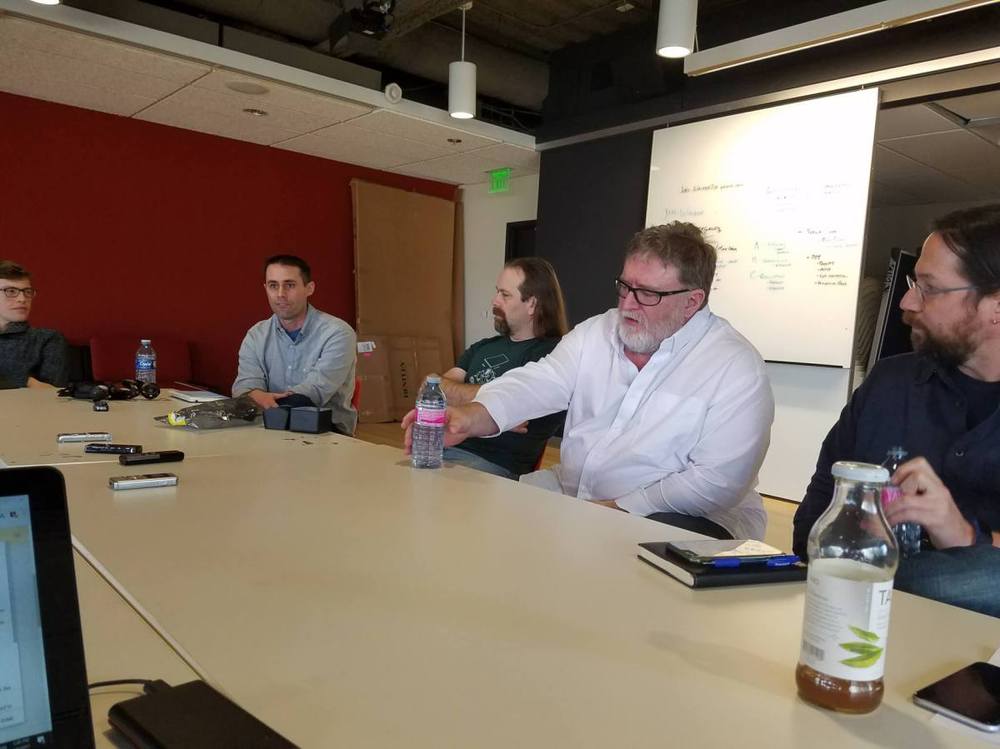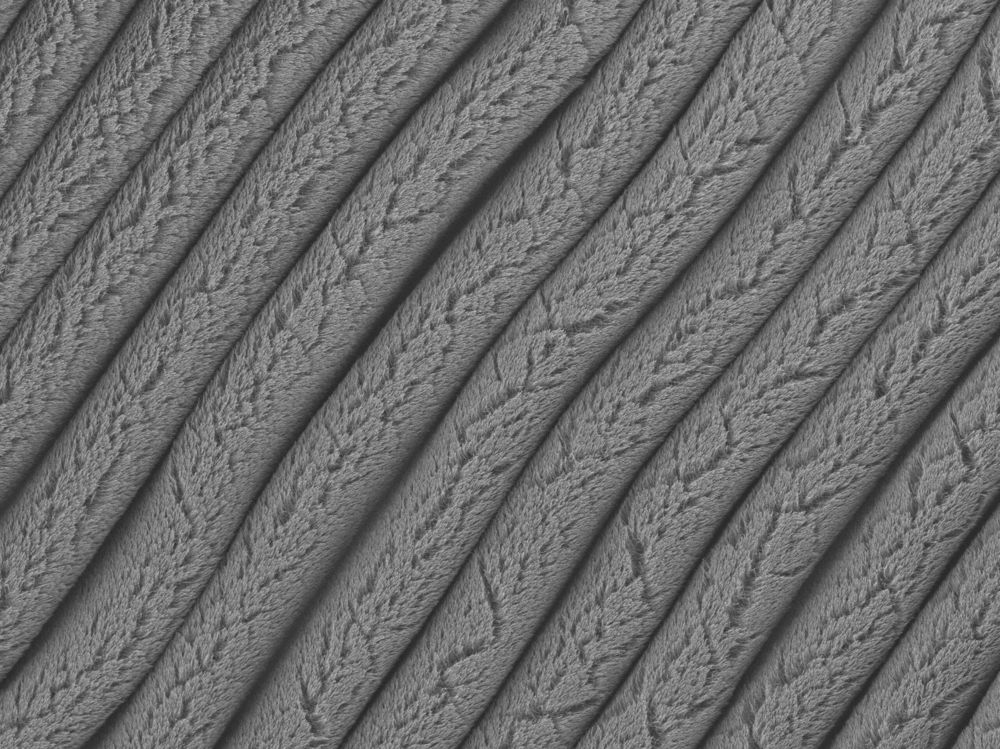A new device enables researchers to observe hundreds of neurons in the brain in real-time. The system is based on modified silicon chips from cameras, but rather than taking a picture, it takes a movie of the neural electrical activity.



As they increasingly log on from home, Americans are having to meld their personal technology with professional tools at unprecedented scale. For employers, the concern isn’t just about capacity, but also about workers introducing new potential vulnerabilities into their routine — whether that’s weak passwords on personal computers, poorly secured home WiFi routers, or a family member’s device passing along a computer virus.
The dramatic expansion of teleworking by US schools, businesses and government agencies in response to the coronavirus is raising fresh questions about the capacity and security of the tools many Americans use to connect to vital workplace systems and data.
At one major US agency, some officials have resorted to holding meetings on iPhone group calls because the regular conference bridges haven’t always been working, according to one federal employee. But the workaround has its limits: The group calls support only five participants at a time, the employee noted.
“Things have worked better than I anticipated, but there are lots of hiccups still,” said the employee, who spoke on condition of anonymity because he is not authorized to speak on the record.

Modern society relies on technologies with electronic integrated circuits (IC) at their heart, but these may prove to be less suitable in future applications such as quantum computing and environmental sensing. Photonic integrated circuits (PICs), the light-based equivalent of electronic ICs, are an emerging technology field that can offer lower energy consumption, faster operation, and enhanced performance. However, current PIC fabrication methods lead to large variability between fabricated devices, resulting in limited yield, long delays between the conceptual idea and the working device, and lack of configurability. Researchers at Eindhoven University of Technology have devised a new process for the fabrication of PICs that addresses these critical issues, by creating novel reconfigurable PICs in the same way that the emergence of programmable logic devices transformed IC production in the 1980s.
Photonic integrated circuits (PICs) – the light-based equivalent of electronic ICs—carry signals via visible and infrared light. Optical materials with adjustable refractive index are essential for reconfigurable PICs as they allow for more accurate manipulation of light passing through the materials, leading to better PIC performance.
Current programmable PIC concepts suffer from issues such as volatility and/or high optical signal losses—both of which negatively affect a material’s ability to keep its programmed state. Using hydrogenated amorphous silicon (a-Si: H), a material used in thin-film silicon solar cells, and the associated Staebler-Wronski effect (SWE), which describes how the optical properties of a-Si: H can be changed via light exposure or heating, researchers at Eindhoven University of Technology have designed a new PIC fabrication process that addresses the shortfalls of current techniques and could lead to the emergence of universal programmable PICs.
Two retired professors are sharing the mathematics version of the Nobel Prize for their lifelong contributions to the changing nature of math in the computing age. Both Hillel Furstenberg and Gregory Margulis spent decades applying ideas from probability theory to different kinds of discrete mathematics in order to shake loose new ways to solve seemingly intractable problems. The Abel Prize, awarded since just 2003, honors career mathematical accomplishments with a prize of about $700,000.
Wait—there’s not a Nobel Prize for mathematics? It’s true, and although you may have heard a lascivious story to explain why, no one really knows for sure.

Think we’re far off from The Matrix? Gabe Newell says you should think again.
In a rare interview with IGN ahead of next week’s release of Half-Life: Alyx, Newell reasoned that more advanced forms of VR might not be too far out. “We’re way closer to The Matrix than people realize,” he stated. “It’s not going to be ‘The Matrix’, The Matrix is a movie and it misses all the interesting technical subtleties and just how weird the post-brain-computer interface world is going to be. But it’s going to have a huge impact on the kinds of experiences that we can create for people.”


Apple’s latest iPad — the iPad Pro — is its most-powerful and comes with several first-time features. This is the first iPad with a a dual-camera, a trackpad, a Magic keyboard and LiDAR scanner. It is the most-powerful iPad Apple has made and is set to give tough competition to a lot of Windows-powered laptops. Here are 15 things you should know about the new iPad Pro:

Circa 2019
Makers of Titanic claimed that it is ‘unsinkable’ and we know how it went down in history. Now, researchers from the University of St Andrews have claimed to have developed an ‘unhackable’ encryption system that stores data in the form of light.
The chip designed by the researchers generates one-time-only key when data is sent through it. The data is stored as light and passed through a specially designed chip that bends and refracts the light to scramble the information.
The trick behind the tech is that the bending and refracting of light is unique every time as it depends upon the data being sent through the chip. It would be safe to say that the chip is a physical realization of the OTP mechanism which is popularly used today to authenticate several services.

The neuromorphic approach is still in deep research, and is being investigated by Intel, IBM, HPE, MIT, Purdue, Stanford and others. It will likely be deployed in production solutions within the next three to five years. Like quantum computing, there is potential for a future solution than could be 1,000–10,000 times more efficient than the digital processing approach that is currently in vogue. But also like quantum, neuromorphic computing will require a lot of research to reach fruition. When it does, it will likely only be applied to a specific set of challenges. I will continue to watch with interest.
Analyst Karl Freund takes a look at Intel’s recent announcements in the realm of neuromorphic computing.

Researchers at Duke University and Michigan State University have engineered a novel type of supercapacitor that remains fully functional even when stretched to eight times its original size. It does not exhibit any wear and tear from being stretched repeatedly and loses only a few percentage points of energy performance after 10,000 cycles of charging and discharging.
The researchers envision the supercapacitor being part of a power-independent, stretchable, flexible electronic system for applications such as wearable electronics or biomedical devices.
The results appear online March 19 in Matter, a journal from Cell Press. The research team includes senior author Changyong Cao, assistant professor of packaging, mechanical engineering and electrical and computer engineering at Michigan State University (MSU), and senior author Jeff Glass, professor of electrical and computer engineering at Duke. Their co-authors are doctoral students Yihao Zhou and Qiwei Han and research scientist Charles Parker from Duke, as well as Ph.D. student Yunteng Cao from the Massachusetts Institutes of Technology.